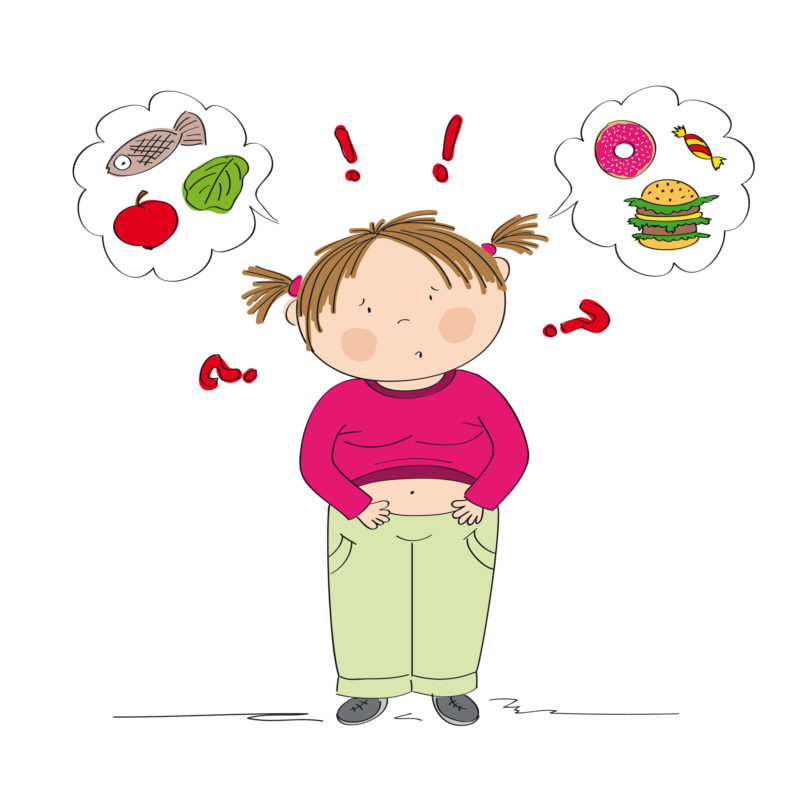National Childhood Obesity Awareness Month

Childhood obesity presents a serious threat to the health of children in the U.S. with 1 in 3 children overweight or obese. National Childhood Obesity Awareness Month provides an opportunity to focus on this serious health condition.
Why is childhood obesity an important issue?
- Children with obesity are at a higher risk for chronic health conditions and diseases, including asthma, sleep apnea, type 2 diabetes, heart disease, high blood pressure and cholesterol, and bone and joint problems.
- Children are more likely to suffer from social isolation, depression and lower self-esteem.
- Overweight teens have a 70% chance of becoming overweight or obese adults.
Many factors impact childhood obesity, including food consumption, physical activity, genetics, metabolism, and environment. Parents can help their children achieve a healthy weight and maintain it by working to provide home, school and community environments that promote a healthy, active lifestyle.
- Use CDC’s Child and Teen BMI Calculator to screen your child for weight issues.
- Provide nutritious, lower-calorie foods such as fruits and vegetables.
- Drink water instead of sugary beverages.
- Stay active. Engage in age appropriate physical activities. Only 1 in 3 children are physically active every day.
- Limit sedentary behaviors including screen and TV time. Children and teens spend more than 7 hours per day on average using TVs, computers, phones, and playing video games.
- If you are a parent or caregiver, lead by example and eat healthy foods and exercise every day.
- Help to shape a healthy school environment in your community.
- Become involved in your community so that your neighborhood has low-cost physical activity opportunities such as parks, trails, and community centers.
What can your doctor do to help with weight issues?
- Monitor your child’s weight, height and body mass index routinely.
- Talk to your child about the importance of healthy foods and activity.
- Refer your family to nutrition education programs.
- The American Academy of Pediatricians offers an online resource, The Healthy Active Living for Families: Right From the Start project(HALF), for nutrition, including recipes, and appropriate physical activity suggestions for every age group.
What can your pre-school and school educators do to help?
- Adopt policies and practices that support healthy eating, regular physical activity, and limited screen time.
- Provide a venue for students to learn about nutrition and time to participate in sports or physical activities.
Parents, caregivers, teachers, the community, and healthcare providers all have a role in providing a balanced, nutritious diet, an active lifestyle, and encouraging healthy habits to help prevent childhood obesity.




